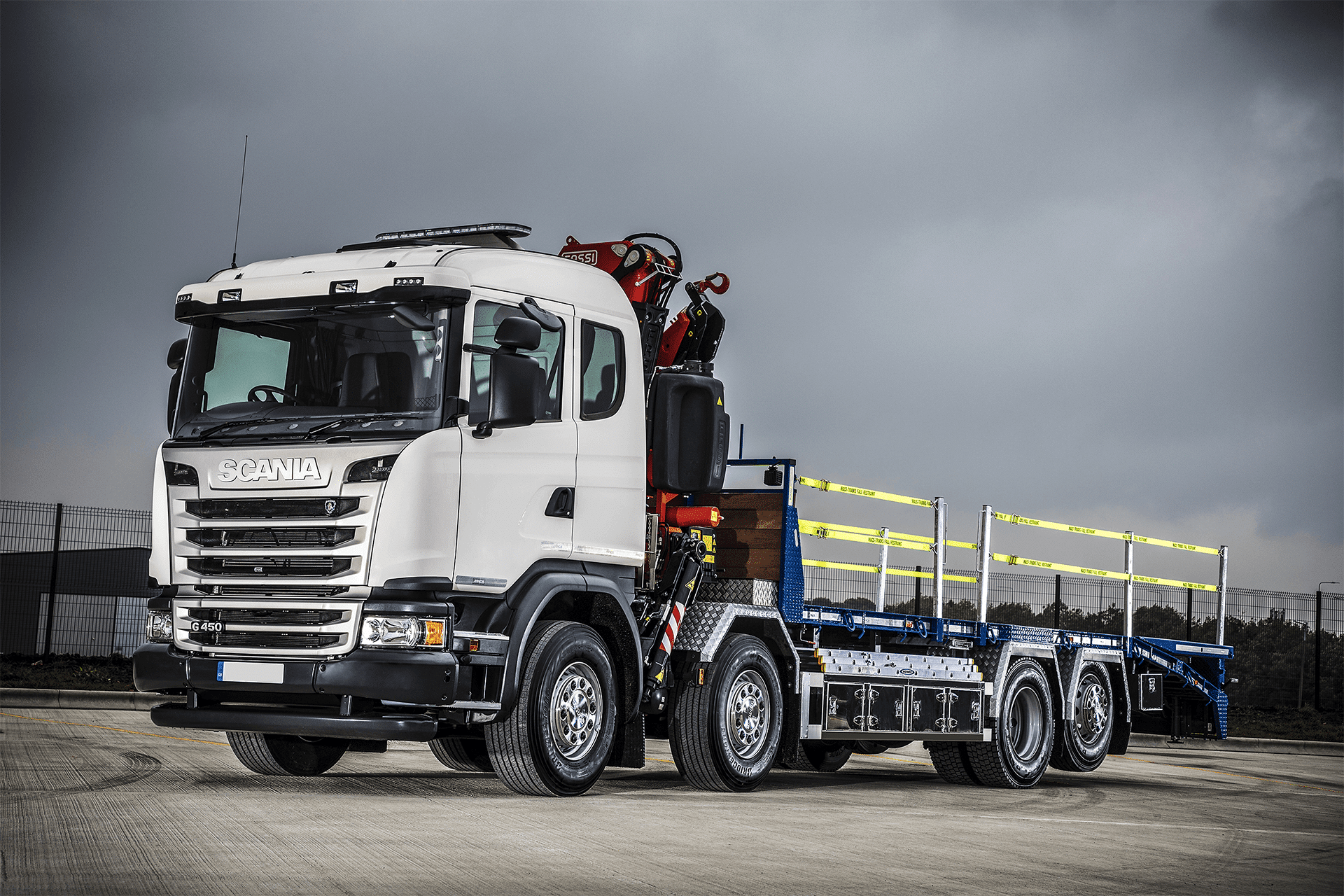It has been twenty years since Euro Levels began to be introduced for trucks manufactured within Europe. This was to meet increasingly stringent exhaust emission levels in order to reduce air pollution and climate change. The last level – Euro 6 – was introduced in January 2013, with trucks registered before then able to be re-registered at this level after meeting certain requirements.
Lowering emissions
Euro 6 Trucks are so clean that it would be practically impossible to bring their exhaust emissions down any lower. The PM (Particulate Matter) limit is half that of the Euro 5, but the engines in these Lorries are responsible for producing only half of those emissions. The rest is down to wizardry in the exhaust due to the after-treatment system. It is this particular steel box that contains AdBlue injector, several catalysts, sensors and a DPF that keep the whole operation flowing smoothly to keep the show on the road.
Euro 6 engines
The Euro 6 became mandatory for all trucks registered from the 1st January 2013. Yes – there were a few concerns that these machines would be heavier, pricier and thirstier, because of their complexity. But, as is often the case, things were not as bad as first feared. An average Euro 6 tractor unit weighs in at just a couple of hundred kg weightier than the equivalent Euro 5, and improved aerodynamic build and fuel saving devices meant that fuel usage remained comparable and has even improved in recent years. The only true negative was the price – which did see an increase in cost of around 8%.
Introducing the ULTRA low emission zone
There are many lower Euro levels of trucks on the road with businesses still happy to run them. However, many companies have upgraded to Euro 6 due to the London Low Emission Zone (LEZ) rather than facing a daily £200 fine. The Euro 6 legislation will have even more significance in September 2020 when London’s Ultra Low Emissions Zone comes into effect; meaning that any truck operators travelling in London will need to ensure their vehicles ARE fitted with Euro 6 engines. Those who don’t will face heavy fines.
Getting ready for September 2020
It makes sense therefore for any haulage, logistics or builders merchant business to prepare their fleet of trucks now so that they are fully Euro 6 conversant with the introduction of the ULEZ.
The introduction of low emission zones
Approximately 9,400 deaths a year are suspected to be related to London’s air quality. NOx levels are thought to play a major part in the conditions that lead to these deaths, and it’s the vehicles on London’s busy streets that are responsible for the high levels. In an effort to reduce these levels and improve public safety as well as the overall air quality that contributes to climate control; London Mayor Sadiq Khan is establishing the Ultra Low Emission Zone to come into effect in September 2020.
Ensuring your vehicle is compliant
Smaller vehicles and vans weighing up to 1700 kg will need to be fitted with a simple NOx storage catalytic converter to neutralize the most harmful effects of the emissions.
Larger vehicles and vans that weigh in at over 1700kg (this includes HGVs) will need an SCR otherwise known as a Selective Catalytic Reduction system. This injects a blue liquid reductant called AdBlue into the vehicle’s exhaust stream, which neutralizes the NOx emissions. It does this by converting them into harmless water vapour and nitrogen. This means that the air coming out of a Euro 6 truck can be cleaner than the air going in when operating in polluted cities!
Where do Mac’s Trucks fit in with the 2020 changes?
We are a truck rental specialist that keeps the customer at the heart of everything we do and because we have been supplying quality vehicles since the 1970s; we continue to move with the times. We can supply your business with brand new or used HGVs to help you meet the Euro 6 changes way before the deadline.
This is because Mac’s Truck Rental do what we say on the tin and more! We can supply any conformation of truck off our forecourt within 48 hours to any UK destination, and we also have a huge manufacturing facility so we can build your new Euro 6 Truck to your specifications and supply it FAST. We can offer a quick turn-around and no slow down to literally keep your business on the road.
